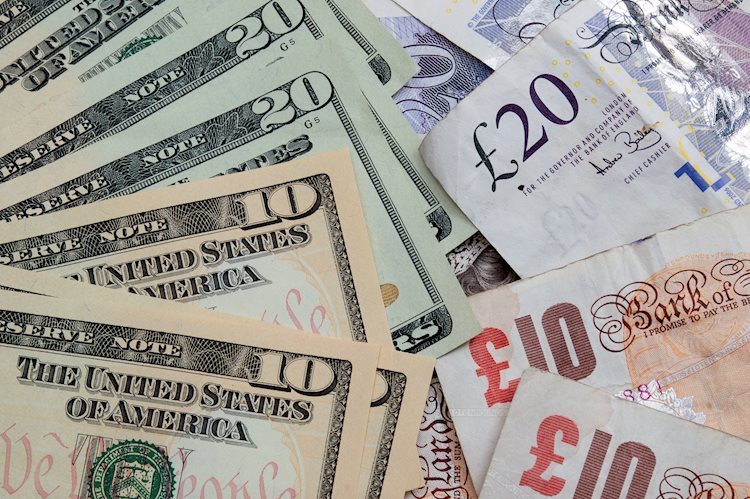The GBP/USD pair has resumed its uptrend, bouncing off a low of 1.3114, with bullish momentum supported by a rising RSI. The pair is currently trading at 1.3147, registering gains of over 0.18% during the North American session. This increase is attributed to growing expectations that the US Federal Reserve may cut rates by 50 basis points next week. With momentum favoring the bulls, further upside is anticipated.
In terms of technical analysis, if the GBP/USD manages to break above the 1.3150 level, it could potentially target 1.3200, followed by the September 6 high at 1.3239, and the year-to-date high of 1.3266. On the other hand, downside risks include a drop below 1.3114, which would expose the 1.3100 level, with additional support at 1.3031. The RSI indicates bullish momentum, pointing towards a potential continuation of the uptrend.
The Pound Sterling (GBP) is the oldest currency in the world, originating in 886 AD, and is the official currency of the United Kingdom. It accounts for 12% of all foreign exchange transactions globally, with an average daily turnover of $630 billion. The Bank of England (BoE) is responsible for issuing the Pound Sterling, with key trading pairs including GBP/USD (referred to as ‘Cable’), GBP/JPY (known as the ‘Dragon’), and EUR/GBP.
The value of the Pound Sterling is heavily influenced by monetary policy decisions made by the Bank of England. The BoE aims to maintain a steady inflation rate of around 2% as part of its primary goal of “price stability”. Adjustments in interest rates are a key tool used by the BoE to achieve this goal. When inflation is high, interest rates may be raised to control it, making the UK a more attractive destination for global investors. This typically strengthens the GBP. Conversely, if inflation falls too low, interest rates may be lowered to stimulate economic growth.
Economic data releases, such as GDP, Manufacturing and Services PMIs, and employment figures, also play a significant role in influencing the value of the Pound Sterling. A strong economy, as indicated by positive data releases, can attract foreign investment and potentially lead to higher interest rates, strengthening the GBP. Conversely, weak economic data can cause the Pound Sterling to depreciate. The Trade Balance, which measures the difference between exports and imports, is another important indicator for the GBP. A positive Trade Balance strengthens the currency, while a negative balance can weaken it.
In conclusion, the GBP/USD pair has resumed its uptrend, driven by bullish momentum and expectations of a rate cut by the US Federal Reserve. Technical analysis suggests potential targets at 1.3200, 1.3239, and 1.3266 if the pair continues to climb. The value of the Pound Sterling is influenced by factors such as monetary policy decisions, economic data releases, and the Trade Balance. Understanding these factors can provide insight into the movements of the GBP and help traders make informed decisions.









